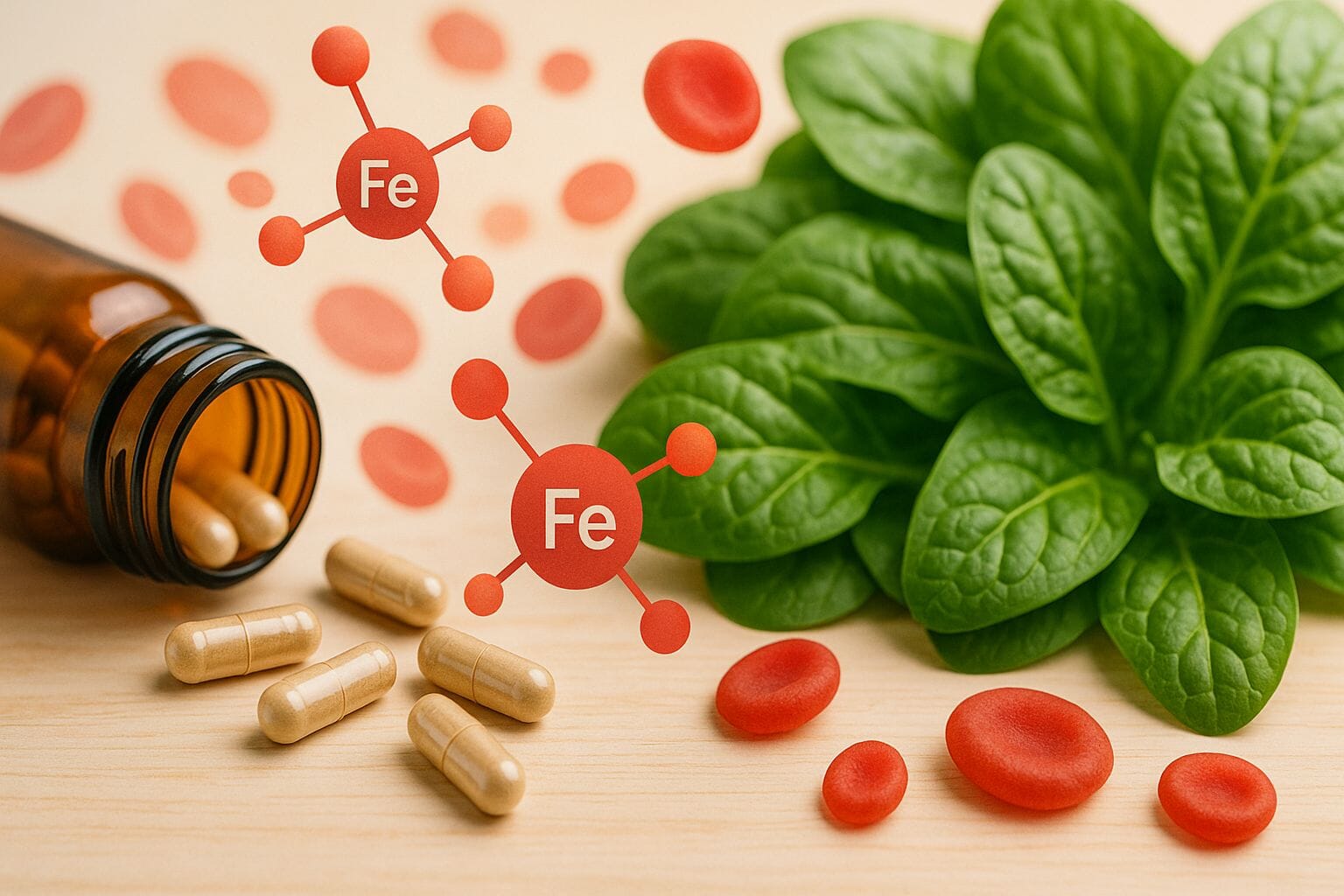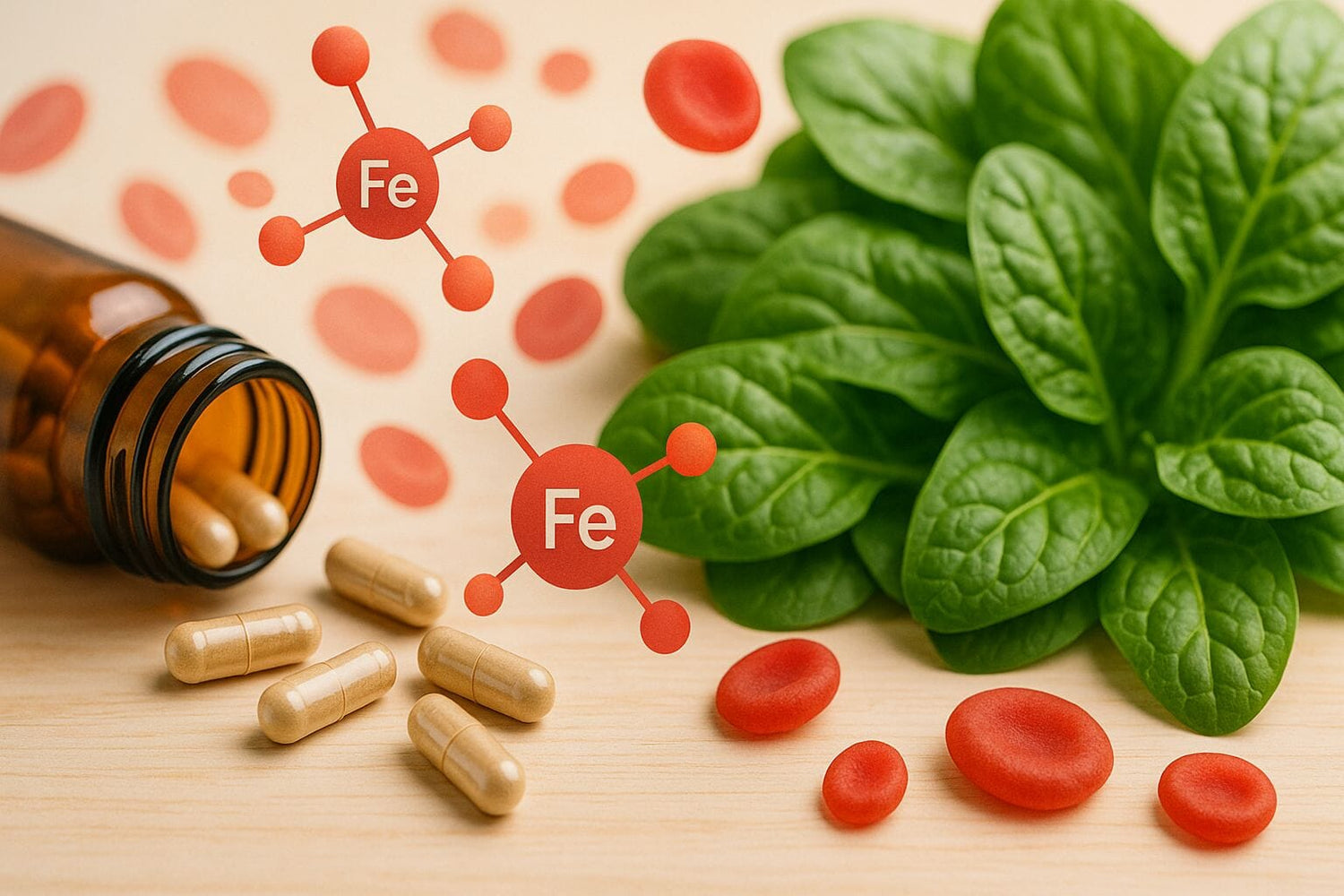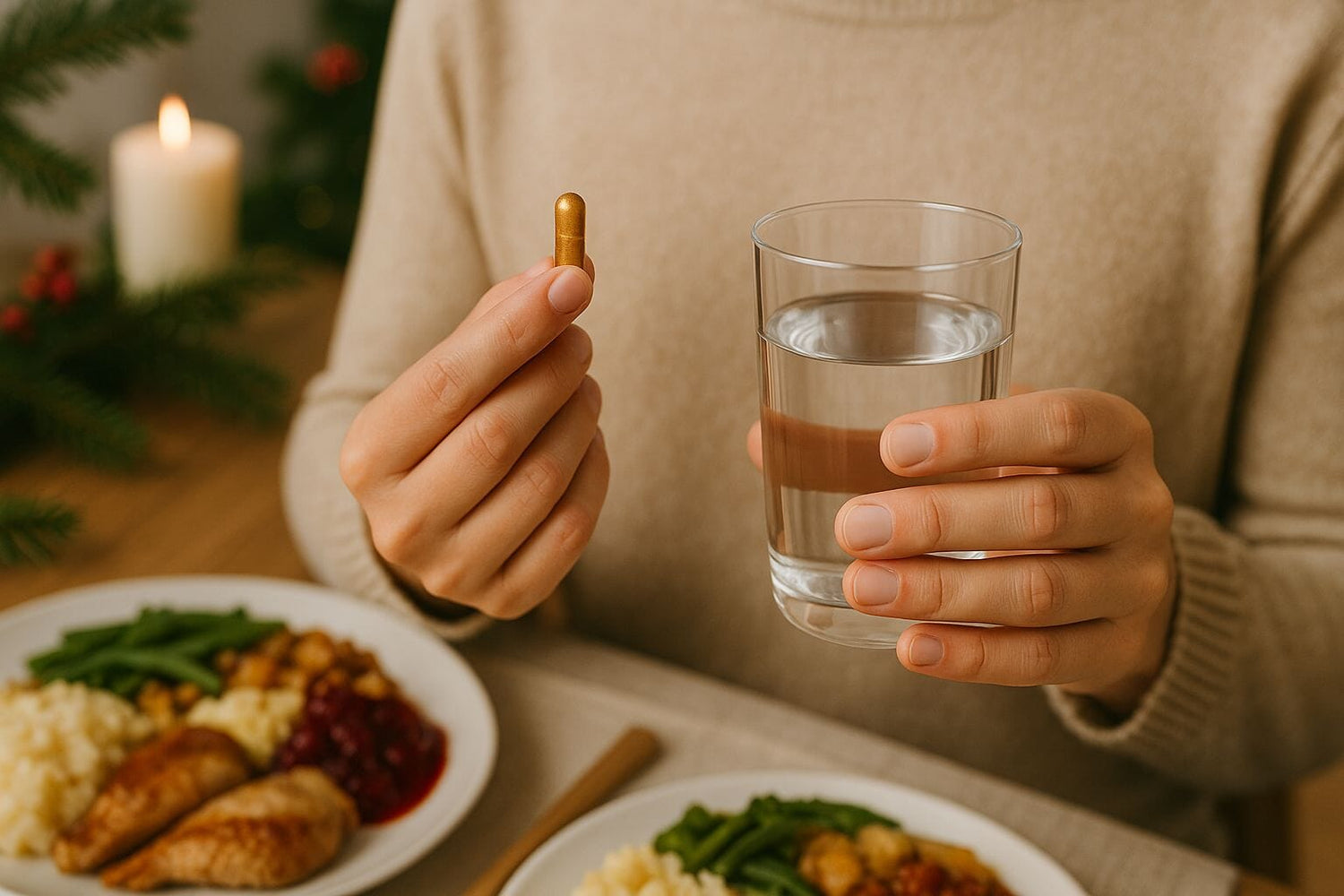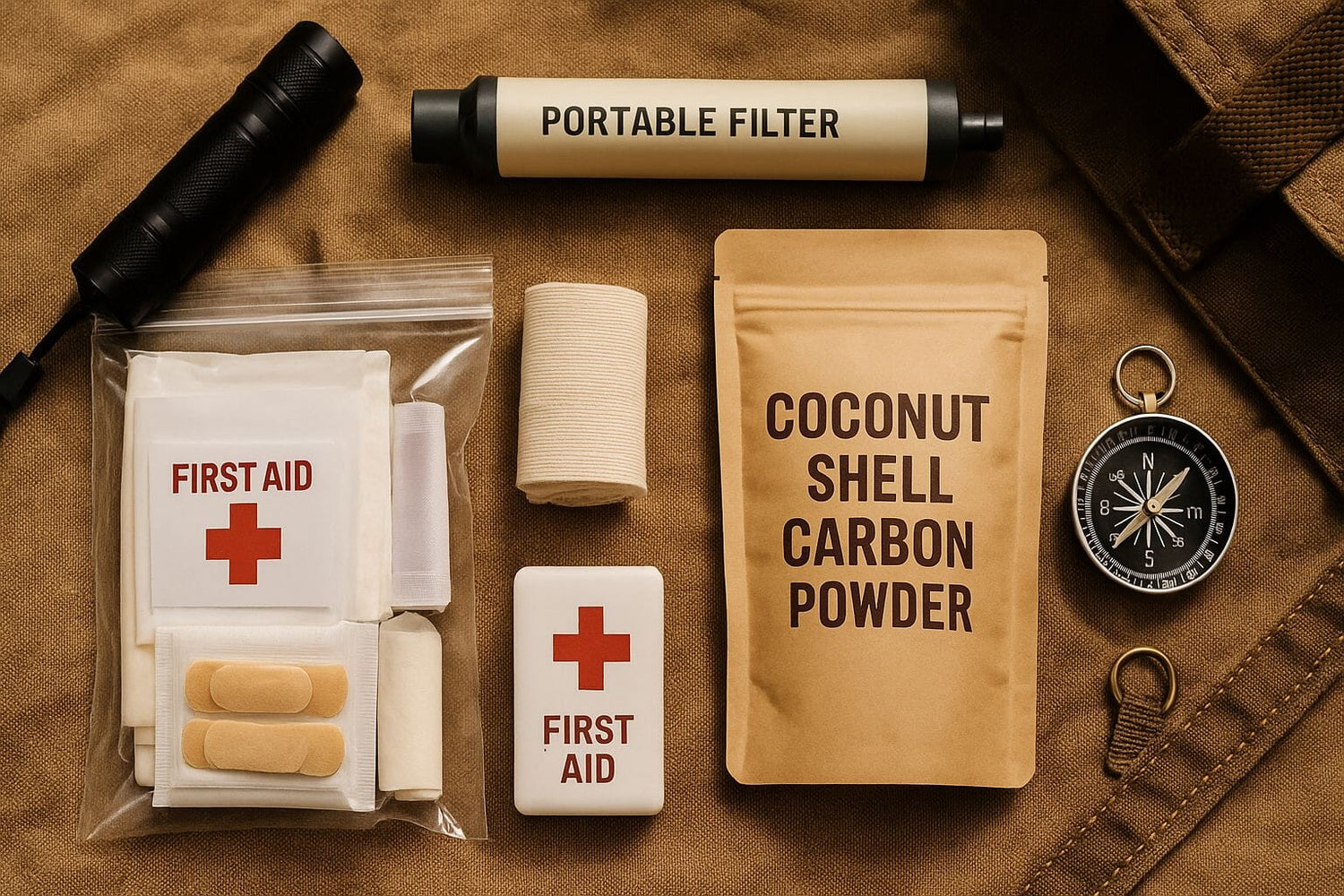Iron is one of the most essential minerals for human health. It plays a pivotal role in forming hemoglobin, transporting oxygen in the blood, supporting energy production, and maintaining immune and cognitive function.
Many people turn to dark leafy greens and other plant-based sources expecting to raise their iron levels naturally, and while those foods certainly contribute to a healthy diet, the reality of iron absorption and bioavailability shows some clear limitations. By contrast, targeted nutrient capsules, especially those derived from organ meats like beef liver or kidney, offer a more efficient and reliable way to support iron levels in many cases.
Why Iron Matters for Your Health
Iron is critical because it:
-
forms part of hemoglobin in red blood cells, which carries oxygen from the lungs to tissues.
-
supports myoglobin in muscles (helping with oxygen storage) and enzymes involved in energy production.
-
plays a role in healthy immune function, cognitive development, and metabolic processes.
When iron levels drop too low, you may experience fatigue, weakness, pale skin, poor concentration, shortness of breath, and other signs of iron-deficiency anemia. Addressing iron deficiency isn’t just about eating more iron; it’s about making sure the iron gets absorbed and used.
Plant-Based Iron: Great Food but Limited Absorption
Many people assume eating a lot of dark leafy greens (like spinach, kale, chard) will automatically raise iron levels. The truth is a bit more nuanced. Here’s what research shows:
-
Greens provide non-heme iron (the type found in plants). According to Harvard T. H. Chan School of Public Health, non-heme iron is absorbed less efficiently than heme iron (from animal sources).
-
For example, one estimate: absorption rates from plant iron sources (leafy greens) can be as low as 7-9%, compared to much higher for animal-based iron.
-
Factors that inhibit absorption of non-heme iron include phytates (in whole grains, legumes), oxalates (in some greens like spinach), certain polyphenols (in tea/coffee), high calcium intake and some fibers.
-
In one study, a composite green leafy vegetable powder did raise hemoglobin modestly, but it did not significantly raise serum iron in all subjects.
So yes, greens matter for overall nutrition and provide many benefits beyond iron. But if your goal is to raise and maintain optimal iron levels, especially under higher need (e.g., menstruation, endurance sports, vegetarian diet), relying only on greens may leave gaps.
Animal/Organ-Based Iron: High Bioavailability and Efficiency
When comparing sources, consider heme iron (from animal flesh) vs non-heme. Key points:
-
Heme iron is much better absorbed by the body. Some sources say up to 15-35% for heme vs less than 10% for non-heme in many cases.
-
According to review data, diets with animal-based iron may allow absorption in the range of 14-18% (for mixed diets) vs 5-12% for strictly vegetarian diets.
-
Importantly, organ meats (like beef liver) are especially rich in iron and other cofactors (vitamin A, B-vitamins, copper) that support red blood cell formation and overall iron metabolism. While each person’s needs vary, supplementing with organ-derived nutrient capsules can deliver a concentrated, bioavailable package of iron and supporting nutrients in one form.
Therefore, targeted nutrient capsules derived from organ meats have a clear advantage when the goal is efficient iron support: higher absorption, richer nutrient matrix, and fewer inhibitors in the way.
Why Targeted Nutrient Capsules Often Outperform Greens for Iron Support

Let’s break down the main reasons:
1. Higher bioavailability
As outlined above, the iron in animal/organ-based sources is absorbed more efficiently. That means you get more usable iron per mg consumed than from many greens.
2. More supportive nutrient matrix
Targeted nutrient capsules (e.g., beef liver, kidney) often deliver not just iron but supporting nutrients: vitamin A, B-vitamins, copper, maybe heme iron forms, all helping the body use iron effectively. In contrast, greens may lack some of these cofactors or have inhibitors.
3. Fewer inhibitors and less required volume
Eating huge amounts of greens to hit iron targets can be impractical; plus, the compounds in some vegetables reduce absorption. Capsules bypass much of that; they’re stripped of fibrous bulk and limiting factors and focus on delivering nutrients in bioavailable form.
4. Practical on the go
For busy people, a capsule is convenient. When you don’t always have access to perfectly balanced meals (greens + vitamin C-rich foods + minimal inhibitors), a targeted supplement becomes a helpful fallback.
5. Recognized groups with elevated needs
If you’re a menstruating female, endurance athlete, vegetarian/vegan, donor, or have gastrointestinal absorption issues, you might benefit from higher-efficiency iron support that capsules can provide, in addition to diet.
How to Use These Capsules Wisely and Safely

While the potential is strong, it’s important to approach usage mindfully.
-
Check your iron status before starting. Get a ferritin, hemoglobin, transferrin, etc., to know where you stand.
-
Follow recommended dosage: Excessive iron can be harmful (toxicity, GI issues). Harvard lists the upper limit for iron at 45 mg/day for adults.
-
Pair with vitamin C for enhanced absorption even of animal-based iron. While animal iron is strongly absorbed, vitamin C still helps.
-
Avoid intake with inhibitors like calcium supplements, tea, coffee, and high-fiber meals at the same time. These reduce absorption.
-
Complement, not replace, a balanced diet. Even if you use capsules, continue eating iron-rich meats, fish, legumes, greens and vitamin C-rich produce for broader nutrition.
-
Consult your healthcare provider, especially if you have underlying conditions (kidney disease, hemochromatosis, GI disorders). Iron supplementation is not universally needed or safe.
When Greens Alone May Not Be Enough
There are scenarios where relying primarily on greens may fall short:
-
A vegetarian or vegan diet with no heme-iron sources: absorption may be 5-12% of intake.
-
Heavy menstrual bleeding or frequent blood donation: iron loss is increased.
-
Endurance athletes (esp. runners) who have “foot-strike” hemolysis and increased iron turnover.
-
Conditions with impaired iron absorption: e.g., GI disorders, surgeries, and inflammatory bowel disease.
-
Low vitamin C intake or high intake of inhibitors (tea, coffee, calcium) that reduce plant-iron absorption.
-
Time- or volume-constraints make it difficult to eat large portions of greens, coupled with vitamin C-rich foods.
In those cases, adding a targeted nutrient capsule may make the difference between “adequate” and “optimal” iron status.
How to Choose a High-Quality Organ-Derived Iron Capsule
If you decide to incorporate such a product (for example, beef liver or kidney capsules), here are the key criteria:
-
Source quality: Grass-fed/pasture-raised beef (if applicable) or organs from clean, responsibly-raised animals.
-
Dosage clarity: Know how much iron (mg or µg) you’re getting per serving, and whether it’s heme or non-heme form.
-
Supporting nutrients included: Does the formula include vitamin A, copper, B-vitamins, etc?
-
Minimal additives: Prefer capsules with fewer fillers, preservatives, and artificial substances.
-
Certification: Third-party testing for purity, heavy metals, and contaminants.
-
Appropriate potency: Not too low to be ineffective, not too high to risk overload—especially if you’re already eating iron-rich foods.
Summary:
To wrap up:
-
Leafy greens are beneficial and should be part of any nutritious diet, but their iron content is less bioavailable, and absorption is limited.
-
Heme iron (from animal sources) is absorbed much more effectively, meaning you can achieve meaningful iron support with less volume and fewer inhibitors.
-
Organ-derived nutrient capsules combine heme iron (and other key cofactors) in a practical, efficient form for those with elevated iron needs or who want an optimized approach.
-
Smart usage checking status, pairing nutrients, avoiding inhibitors, and choosing quality products makes the difference between “taking something” and “getting results”.
If you’re looking to support your iron levels optimally, especially if you face higher demand or absorption challenges, this targeted capsule approach is compelling.





